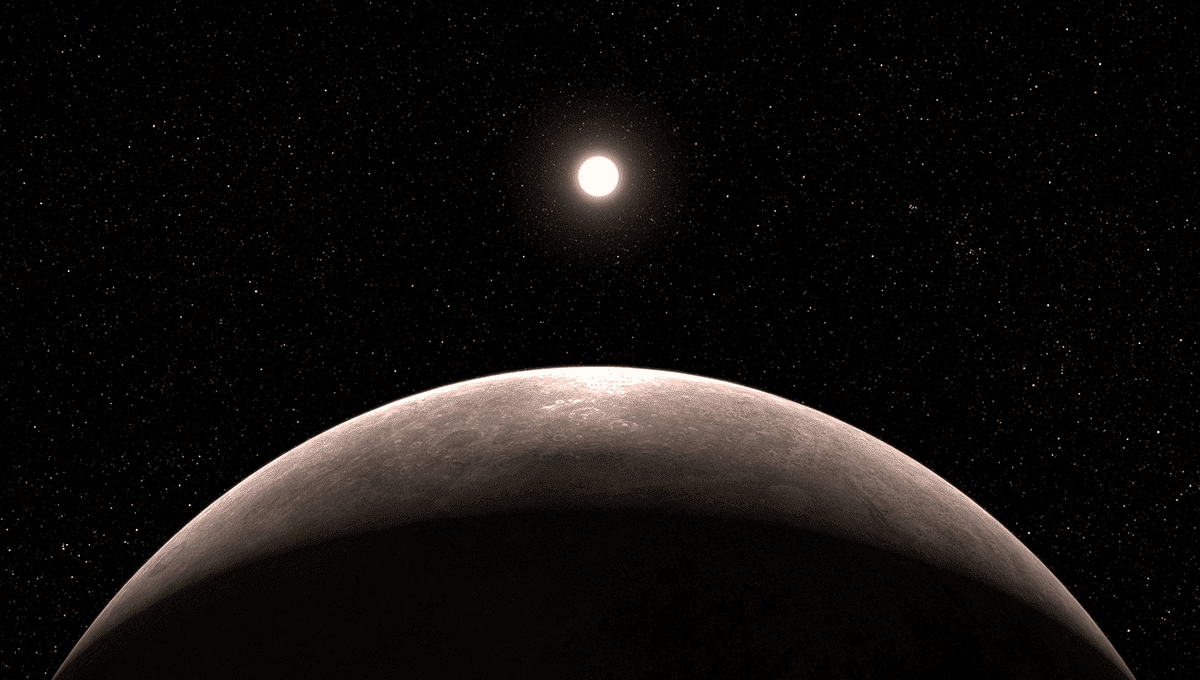
JWST has confirmed the existence of an exoplanet for the first time. The space telescope has provided the definitive measurements of LHS 475 b, confirming that it is indeed a planet, and was able to establish its size and a bit about its atmosphere. The planet is almost the size of our planet, with a diameter 99 percent of Earth’s own.
The telescope spotted it as it crossed in front of its star, a red dwarf smaller than the Sun and with about half the surface temperature. That said, the planet orbits a lot closer to its star, and it gets a lot more radiation. But this means that it passes in front of its star more often, orbiting in just two days – and with just two transits, JWST was capable of demonstrating that the planet was indeed there, and that it was small.
“We’re at the forefront of studying small, rocky exoplanets,” project co-lead Jacob Lustig-Yaeger from Johns Hopkins University, said in a statement. “We have barely begun scratching the surface of what their atmospheres might be like.”
JWST recently confirmed the presence of carbon dioxide and even sulfur dioxide, but that was in a large hot planet – a hot Saturn. LHS 475 b is tiny in comparison, and data from the atmosphere is even more difficult to obtain. More observations are needed.
“The observatory’s data are beautiful,” added Erin May, also from Johns Hopkins University. “The telescope is so sensitive that it can easily detect a range of molecules, but we can’t yet make any definitive conclusions about the planet’s atmosphere.
The team can tell that the exoplanet is a few hundred degrees hotter than Earth, so if in follow-up observations they discover clouds, then the world would be more like Venus. Currently, they can only exclude some scenarios based on the data, but it could be that the planet has no atmosphere or an atmosphere made of pure carbon dioxide like Mars.
“There are some terrestrial-type atmospheres that we can rule out. It can’t have a thick methane-dominated atmosphere, similar to that of Saturn’s moon Titan,” explained Lustig-Yaeger. “Counterintuitively, a 100% carbon dioxide atmosphere is so much more compact that it becomes very challenging to detect.”
The precise measurements needed to understand more about this planet will come this summer, but the work already demonstrates what an asset JWST is to the study of rocky planets. The team’s results were presented at the 241st meeting of the American Astronomical Society on Wednesday, January 11, 2023.
Source Link: JWST Confirms Its First Exoplanet – And It’s Earth-Sized!